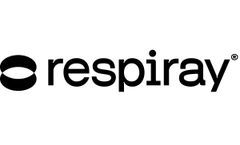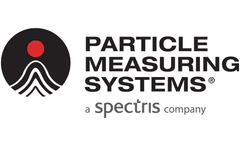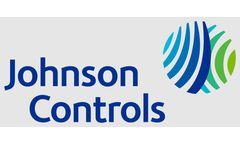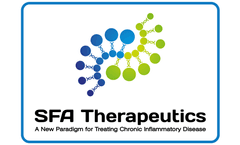Refine by
Hepatitis B Articles & Analysis
16 articles found
Vaccines based on VLP technology have successfully been developed for several diseases, including hepatitis B and human papillomavirus (HPV). These vaccines have demonstrated high safety profiles and efficacy, marking a significant advancement in the fight against viral infections. ...
One notable example is the use of the hepatitis B virus surface antigen. By inserting the relevant gene into yeast, large quantities of this antigen can be produced, which can then be purified and used in the vaccine formulation. ...
Currently, recombinant protein vaccines have been widely used in various infectious diseases, such as the prevention of hepatitis B virus (i.e., hepatitis B), tetanus, pertussis, influenza, etc.Monosaccharides are the simplest form of sugars, including glucose, fructose, galactose, etc. ...
In addition, dendritic cells can recruit aluminum-adsorbed antigen-antibody complexes, and complement factors can modulate receptors on B cells to form aluminum-adsorbed antigen-antibody complexes, thereby promoting immune responses. ...
Biomedical liquid waste originating from healthcare facilities, laboratories, and research centers often contains infectious materials that, when discharged without proper treatment, can contribute to the spread of communicable diseases through public sewers. These diseases can affect individuals coming into contact with contaminated water sources ...
Although most residual DNA limits set by the European Pharmacopoeia for biological products do not exceed 10 ng/dose, individual vaccines have more stringent requirements. For example, inactivated hepatitis A vaccine should not contain residual DNA exceeding 100 pg/dose, and hepatitis B vaccine should have residual DNA not exceeding 10 pg/dose. ...
This product, which was marketed under the brand name Immulin, was originally used to treat viral hepatitis B and C. Not only was this treatment highly convenient to administer – since it enabled treatment without the need for injections – it showed a very safe side effect profile with high patient tolerability and compliance. ...
The Risks There are more than 20 blood borne pathogens that can be transmitted by needlestick injuries. These include:?Hepatitis B; Hepatitis C; Human immunodeficiency virus (HIV) ; Ebola; Syphilis, Herpes, and Brucellosis. ...
COVID-19 and viruses are a concern for all of us. Yet, anticipating a virus’s impact on an unborn child has heightened during the coronavirus pandemic for pregnant women or those expecting. However, there are tips you can take to protect yourself from viruses. ...
Innovations and Iterations In the consumer tech world, iterations happen very fast, though most inventions are not ‘one and done’ masterpieces: the Dyson cyclone vacuum cleaner made 5,127 prototypes. In the medical device world, development takes longer because of the appropriate and necessary regulations and need for safety. Using an agile approach, but with safety and reliability ...
The occurrence of liver cancer is a very complex process, controlled by a variety of risk factors, including hepatitis B virus and hepatitis C virus infection, alcohol abuse, non-alcoholic fatty liver, genetic mutations, and long-term exposure to aflatoxin. ...
All vaccines are sensitive to extreme heat and extreme cold and require both proper vaccine storage and management to avoid any loss of potency. Immunization is the most effective and economical public health measure against infectious diseases that cause morbidity or mortality. Immunization prevents two to three million deaths every year from diseases such as hepatitis, pertussis (whooping ...
ByAKCP
Introduction Nonalcoholic fatty liver disease (NAFLD) is characterized by hepatic manifestations of metabolic disorders, ranging from simple steatosis to nonalcoholic steatohepatitis (NASH), an aggressive histological form, ultimately leading to advanced fibrosis and cirrhosis. ...
The FDA inspection of the ReGen product manufacturer found problems with its process, including that the facility had not screened the umbilical cord blood donors for diseases such as HIV, hepatitis B, and hepatitis C. Patients reported symptoms of pain, swelling, and chills within a few days of receiving the stem cell product, which was later ...
Here we show that SRSF3 is decreased in human liver samples with nonalcoholic fatty liver disease (NAFLD), nonalcoholic steatohepatitis (NASH), or cirrhosis that was associated with alterations in RNA splicing of known SRSF3 target genes. Hepatic SRSF3 expression was similarly decreased and RNA splicing dysregulated in mouse models of NAFLD and NASH. ...
SFA Oncology More information here We received US Patent 10,143,669B2; to prevent Hepatitis B progression to HCC, a liver cancer that affects 400 million patients and causes 1 million cancer deaths annually. ...















